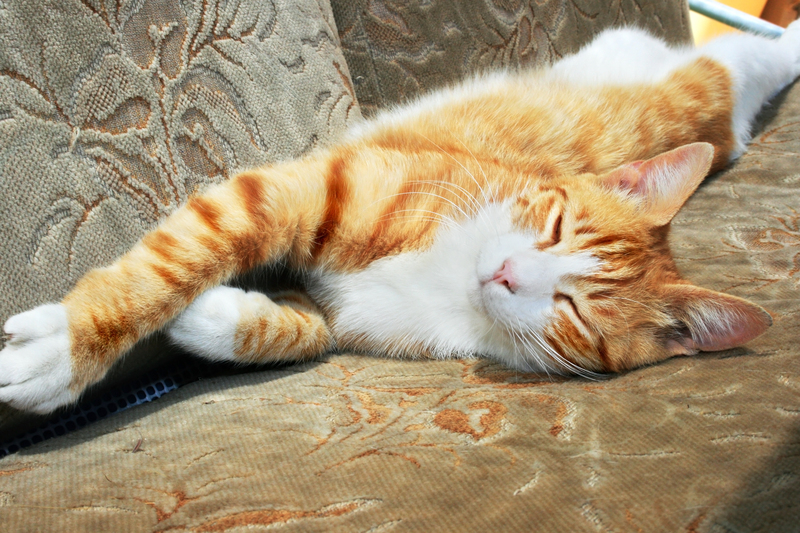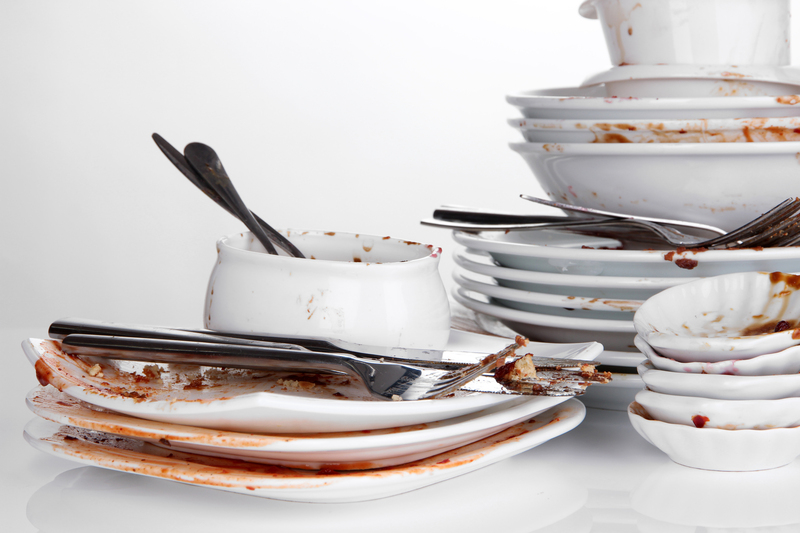Truth About Cleaning Myths
Posted on 23/09/2024
Cleaning is a chore that most people can't avoid, whether it's maintaining a pristine home, a tidy workspace, or simply ensuring basic sanitation. However, the abundance of cleaning tips and tricks circulating through social media, advice columns, and even word of mouth has led to a plethora of cleaning myths. Some of these myths can actually lead to ineffective cleaning or even damage the very surfaces you're trying to sanitize. It's time to set the record straight and debunk some common cleaning myths that may be guiding you down the wrong path.
Myth 1: Vinegar is a Universal Cleaner
One of the most pervasive myths is that vinegar can clean anything and everything. While vinegar is certainly a versatile cleaner, it's not a universal one. It is acidic and can corrode certain surfaces, such as granite and marble countertops, as well as damage grout. Vinegar is excellent for areas like glass or for removing mineral deposits, but it should be avoided on porous surfaces.

Myth 2: More Detergent Means Cleaner Clothes
The belief that adding more detergent will result in cleaner clothes is widespread but incorrect. Excess detergent can create more suds than necessary, which can trap dirt and let it redeposit onto clothes. Modern washing machines are designed to work with specific amounts of detergent, and using more can hinder their functionality and efficiency. Always follow the manufacturer's recommendations when it comes to detergent quantities.
Myth 3: Newspapers Are Great for Cleaning Windows
For years, people have used newspapers to clean windows, believing it to be both effective and economical. However, modern newspaper ink and paper can cause streaks and even leave residues. A microfiber cloth is a much more effective and less messy way to achieve a streak-free shine on your windows.
Myth 4: Bleach is the Best Cleaner
Bleach is often touted as a powerful cleaner, capable of killing nearly all germs and bacteria. While bleach is effective for disinfecting surfaces, it doesn't clean dirt and grime. Bleach can also be harmful to various surfaces and fabrics, and its fumes can be hazardous to health. It should be used cautiously and mainly for disinfecting rather than cleaning dirty surfaces.
Myth 5: Baking Soda (or Toothpaste) for Scratches
Baking soda and toothpaste are often recommended for removing scratches from various surfaces, but they are abrasive and can cause more harm than good. While they might seem to alleviate the issue initially, they can create micro-scratches which can accumulate dirt and worsen the problem over time. Specialized scratch-removal products are a better choice.
Myth 6: Automatic Dishwasher Detergent Works for Everything
Some people believe that automatic dishwasher detergent is a precursor for cleaning items beyond dishes, such as oven grates or even bathtubs. It's essential to understand that these detergents are formulated specifically for dishwashers and can be too harsh for other surfaces. Using them incorrectly can damage finishes and introduce toxic chemicals into unintended areas.
Myth 7: Hot Water Kills All Germs
There's a common notion that hot water alone is sufficient for killing all germs and bacteria. While hot water can indeed kill some microorganisms, it's not a foolproof method. Many bacteria and viruses have resistance to temperatures that typical household hot water systems reach. For proper disinfection, it's best to use a combination of hot water and a suitable disinfectant.
Myth 8: You Can Clean a Carpet with Lots of DIY Solutions
DIY solutions are popular when it comes to carpet cleaning, but they can often lead to subpar results. Carpet fibers can trap dirt deep within, and simple solutions may not break down stubborn stains or residues effectively. Moreover, too much liquid can cause mold and mildew. Professional carpet cleaning services use specialized equipment and solutions to properly clean and maintain carpets.
Myth 9: Feather Dusters Are Effective
Feather dusters are often depicted as a staple of household cleaning, but they are actually not very effective at capturing dust. They tend to push dust around rather than picking it up. Microfiber cloths or electrostatic dusters are much more effective in trapping and removing dust from surfaces.
Myth 10: Hand Sanitizers Replace Hand Washing
Hand sanitizers are convenient, especially when you're on the go, but they shouldn't replace hand washing. Hand sanitizers can kill germs but are not effective at removing dirt, grease, and certain types of bacteria. Washing hands with soap and water for at least 20 seconds is the most effective way to ensure cleanliness and hygiene.
Myth 11: Indoor Air is Cleaner than Outdoor Air
Many people believe that indoor air is cleaner than outdoor air, particularly after they've dusted and vacuumed. In reality, indoor air can be more polluted due to the presence of pet dander, dust mites, mold, and chemical pollutants from household cleaning agents. Proper ventilation and the use of air purifiers can help maintain cleaner indoor air.

Myth 12: Cleaning Products Work Instantly
We often spray a cleaning product and immediately wipe it off, expecting it to work instantly. However, most cleaning products need some "dwell time" to be truly effective. This allows the chemicals to break down dirt, grime, and bacteria. Always read the product's directions for the recommended wait time before wiping the product off.
Conclusion
Cleaning myths are abundant and can lead to frustration, wasted time, and even damage to surfaces and materials. By debunking these myths, you can develop more effective and safer cleaning habits. It's crucial to stay informed and rely on scientifically backed information rather than hearsay or assumptions. Effective cleaning not only enhances the appearance of your living and working spaces but also contributes significantly to your overall well-being.
Remember, not every cleaning "tip" you come across is grounded in fact. When in doubt, consult reputable resources or professional cleaning services to ensure that you are using the most effective and safe cleaning methods.









